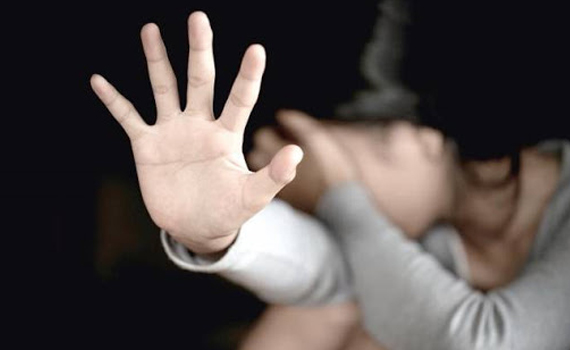What Is Human Trafficking
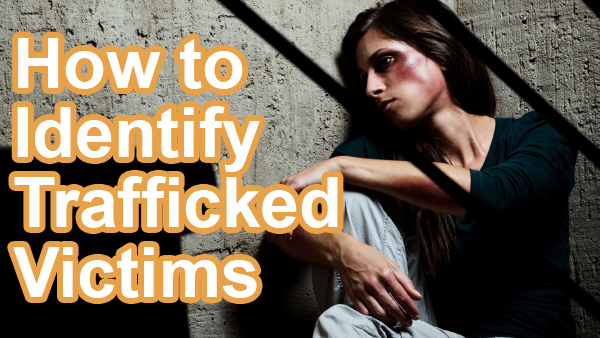
trafficking defined
Homeland Security defines human trafficking as “the use of force, fraud, or coercion to obtain some type of labor or commercial sex act”.
The Trafficking Victims Protection Act of 2020 expands on this definition to mean; The recruitment, harbor, transport, provision, or procurement of a person through force, fraud, or coercion for the purpose of subjection to involuntary servitude, peonage, or slavery.
Trafficking is often referred to as modern day slavery.
Trafficking may involve the movement of persons across a boarder, but it is not necessary for it to be defined as trafficking.
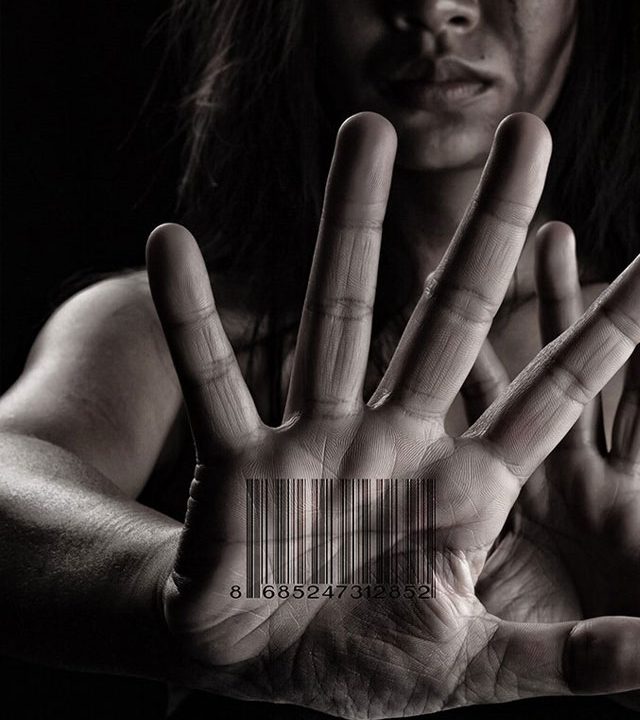
Quick Stats

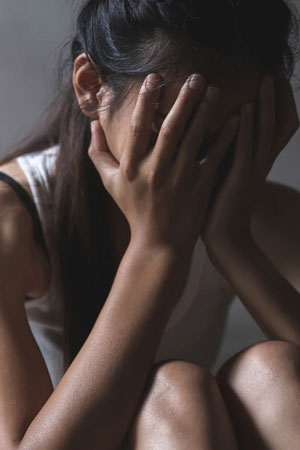
Common Questions
1. Why Don’t Victims Leave?
Sometimes victims are physically unable to leave, but more often, people in trafficking situations stay for reasons far more complex. Some lack the basic necessities to physically get out, such as transportation or a safe place to live. Some are afraid for their safety. Others have been so effectively manipulated that they don’t identify themselves as a victim at all.
2. How Are Victims Groomed?
Traffickers employ a variety of control tactics, the most common include physical and emotional abuse, isolation from friends and family, economic abuse, and even the abuse of a “nurturing” relationship. As a result, victims become trapped and fear leaving due to psychological trauma, shame, emotional attachment, or physical threats to themselves or their family.
3. How to Identify Trafficked Victim
There are many signs that someone you know is being trafficked, a few include: the victim may further exclude themselves from normal activities or social life. They may show signs of physical abuse, malnourishment, or have markings or tattoos of symbols on visibly obvious areas. They maybe provocatively dressed for age. They may live where they work, or are often accompanied by someone, possibly older, who controls who they talk to, or how they spend their money.
Watch the “How to Identify Trafficked Victims” video above for more signs.

Myths Busted
“Sex Trafficking is the Only Form of Trafficking”
Of the 29.4 million victims forced into work, 64% (16 million) are trafficked for labor, such as construction, manufacturing, hospitality, domestic work, and agriculture. Only 19% of that 29.4 million are bought and sold for sex.The remaining 17% are persons trafficked for “state-imposed forced labor” including child soldiers, work in prisons, and through state militaries.
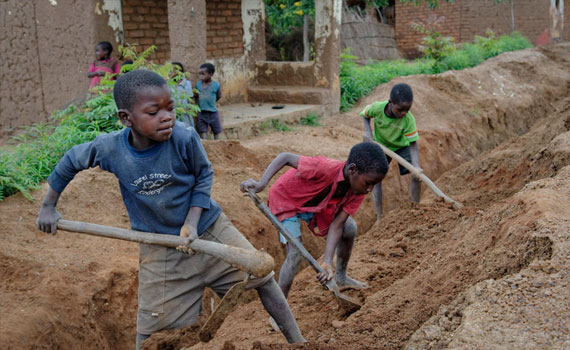
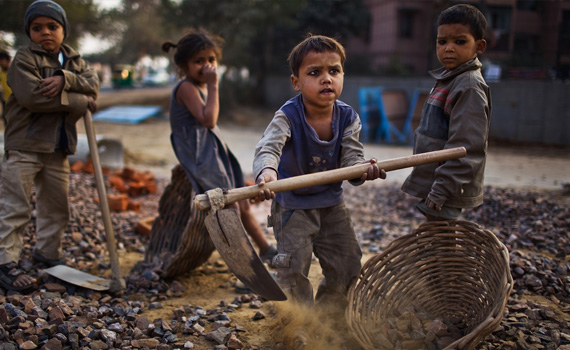
“Human trafficking involves moving, traveling or transporting a person across state or national borders”
Human trafficking is often confused with human smuggling, which involves illegal border crossings. Human trafficking however, does not require any movement whatsoever. Survivors can be recruited and trafficked in their own home towns, even their own homes.
Trafficked humans are foreign born
17,000 foreign nationals are trafficked into the US annually, but Over 100,000 US citizen children are exploited annually for sex trafficking without crossing any boarders.
67% of those trafficked for labor within the US are foreign born, but only 17% of those trafficked for sex are foreign nationals, the remaining 83% are US citizens
